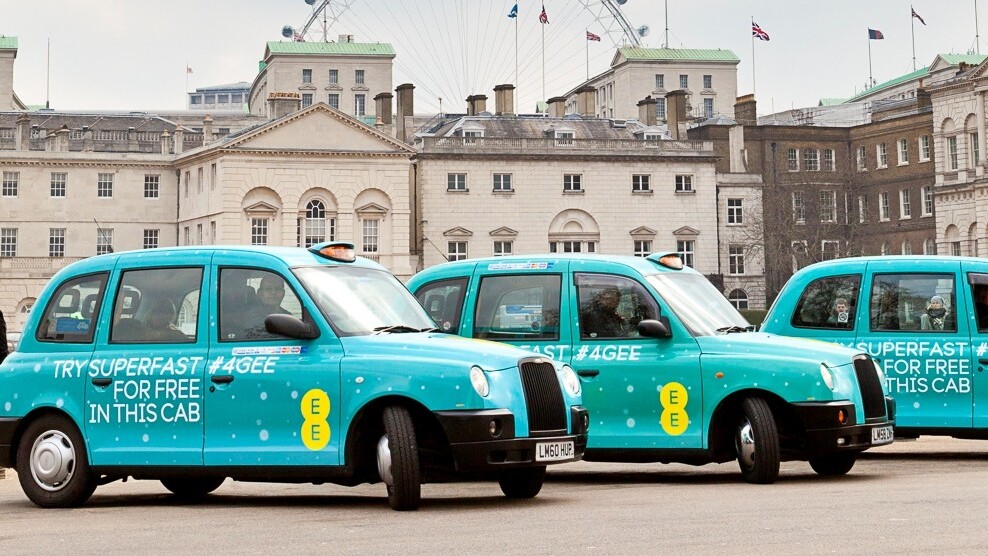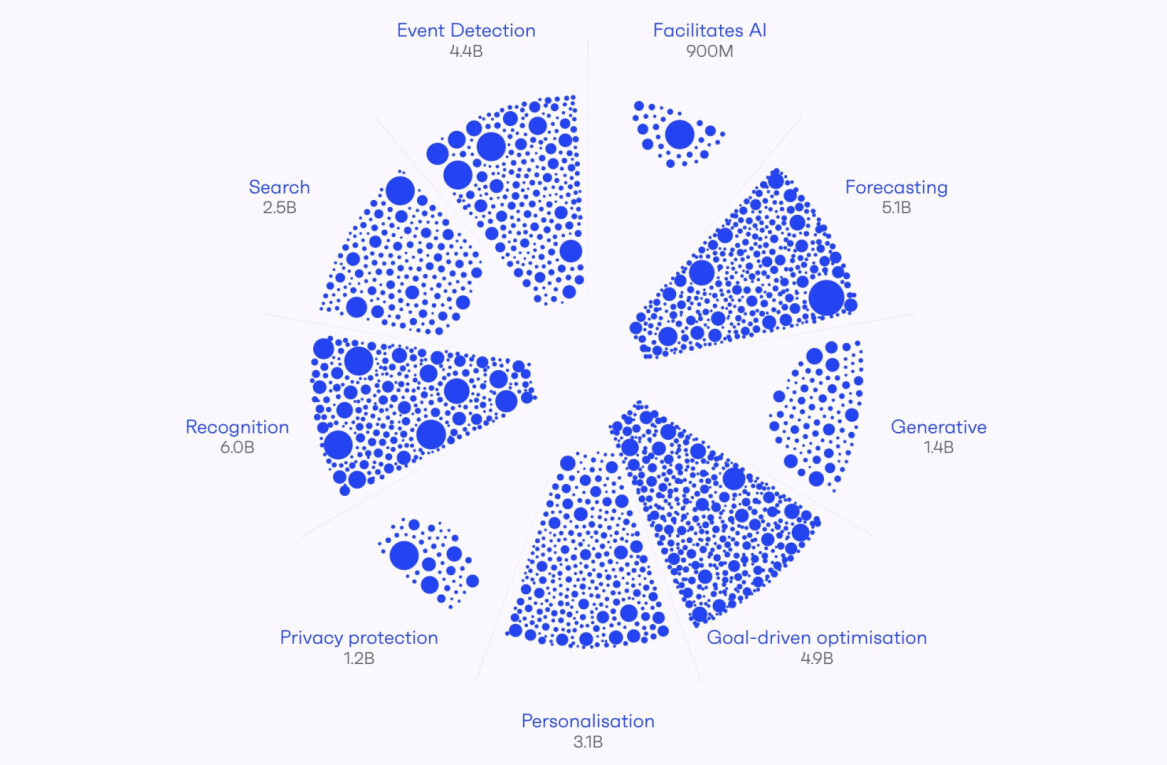
EE has switched on its 4G LTE-Advanced (LTE-A) network capable of providing download speeds of up to 300Mbps per second in the Tech City area of east London, but customers of the network won’t be able to use the service until at least Summer 2014.
While normal everyday users like you and me won’t be able to access the service just yet, EE will be choosing from the hotbed of businesses based in the area to test it out. The first commercially available devices (dongles and smartphones) capable of supporting LTE-Advanced in the UK are due to start arriving from Huawei around the middle of next year, EE said.
Frustrating as it is, device compatibility is often a problem with new network technologies. In this instance, the LTE-A network is achieved by combining a 20MHz block of 1800MHz spectrum with 20MHz block of 2.6GHz spectrum to provide the bandwidth and stability required for a viable service. The result is that new devices have to be produced to specifically meet the new requirements.
Announcing the switch-on and espousing the virtues and benefits of superfast mobile networking for businesses, EE’s CEO, Olaf Swantee, said:
The amount of capacity within the 4G network enables the extension of vital, high-data business applications, such as ERP and SAP, to become cloud-based, offering enterprises increased efficiency and flexibility. Financial institutions in particular – often reliant upon transferring large volumes of data – can benefit enormously from this flexibility. Increased bandwidth across the network also enables a new approach to outside broadcast for media companies, as a small number of 4G SIMs can replace an entire satellite truck and the rental of a satellite connection.
It will, in time, then underpin the network’s consumer service too, enabling things like 4K TV streaming, which he says will require a stable minimum of 20Mbps:
For consumers, the future of mobile is about connecting more devices, accessing more real-time information, and sharing higher definition images and videos. The emergence of wearable technology, for example, will continue to increase consumer usage of data across multiple connected products. In consumer entertainment, ultra high definition 4K TV is the future, and LTE-A makes it possible to support that on a mobile network. BBC iPlayer streams at 5Mbps, whereas 4K TV will stream at 20Mbps, so a consistently high average speed, enabled by sufficient capacity on the network, is essential.
With no details on pricing for the businesses involved, it’s hard to guess what it will cost consumers when it does launch next year. For now though, if you are a business based in the Tech City area of London, EE says it will be revealing details of how to apply to be among the first to use it very soon indeed.
Get the TNW newsletter
Get the most important tech news in your inbox each week.





